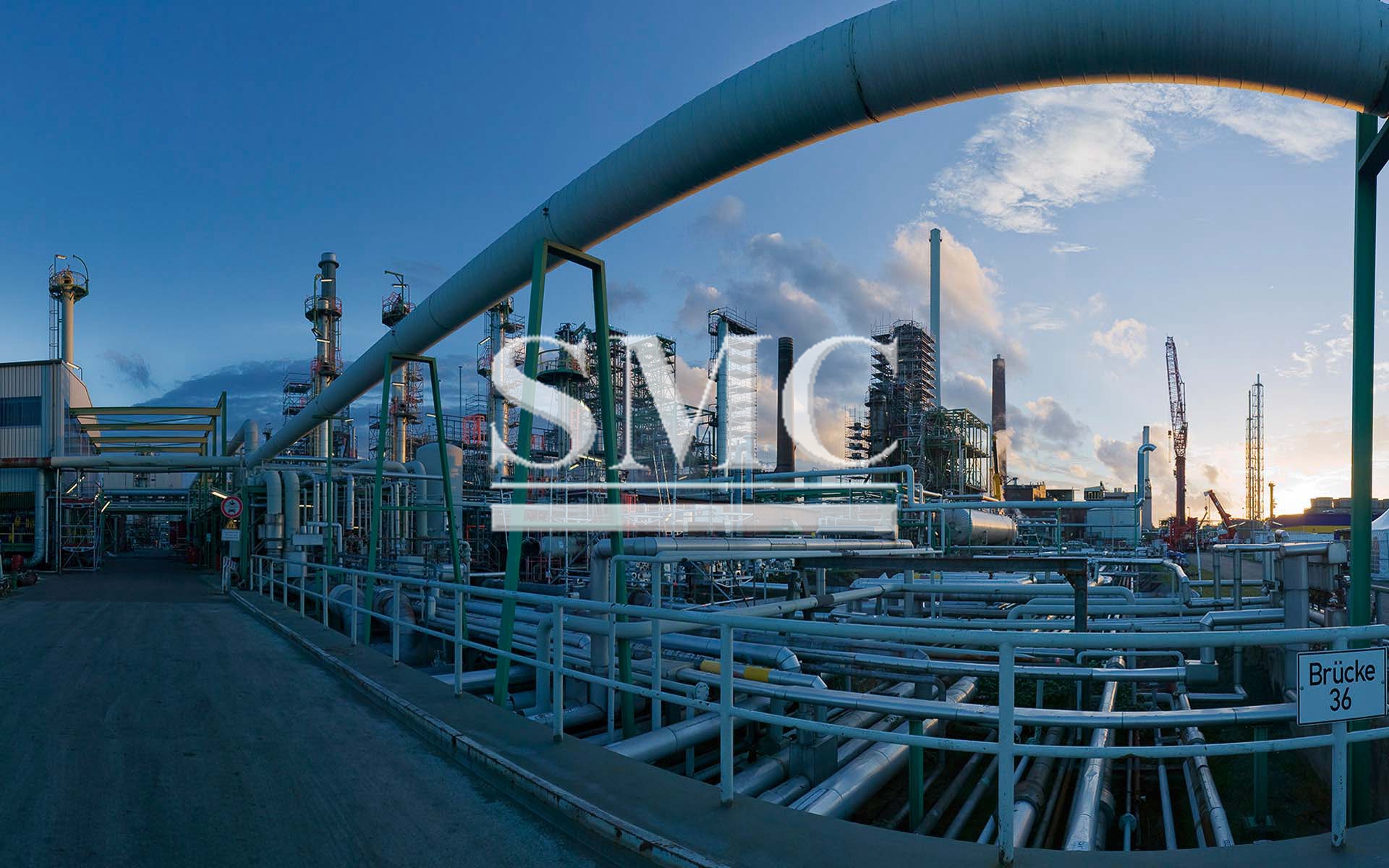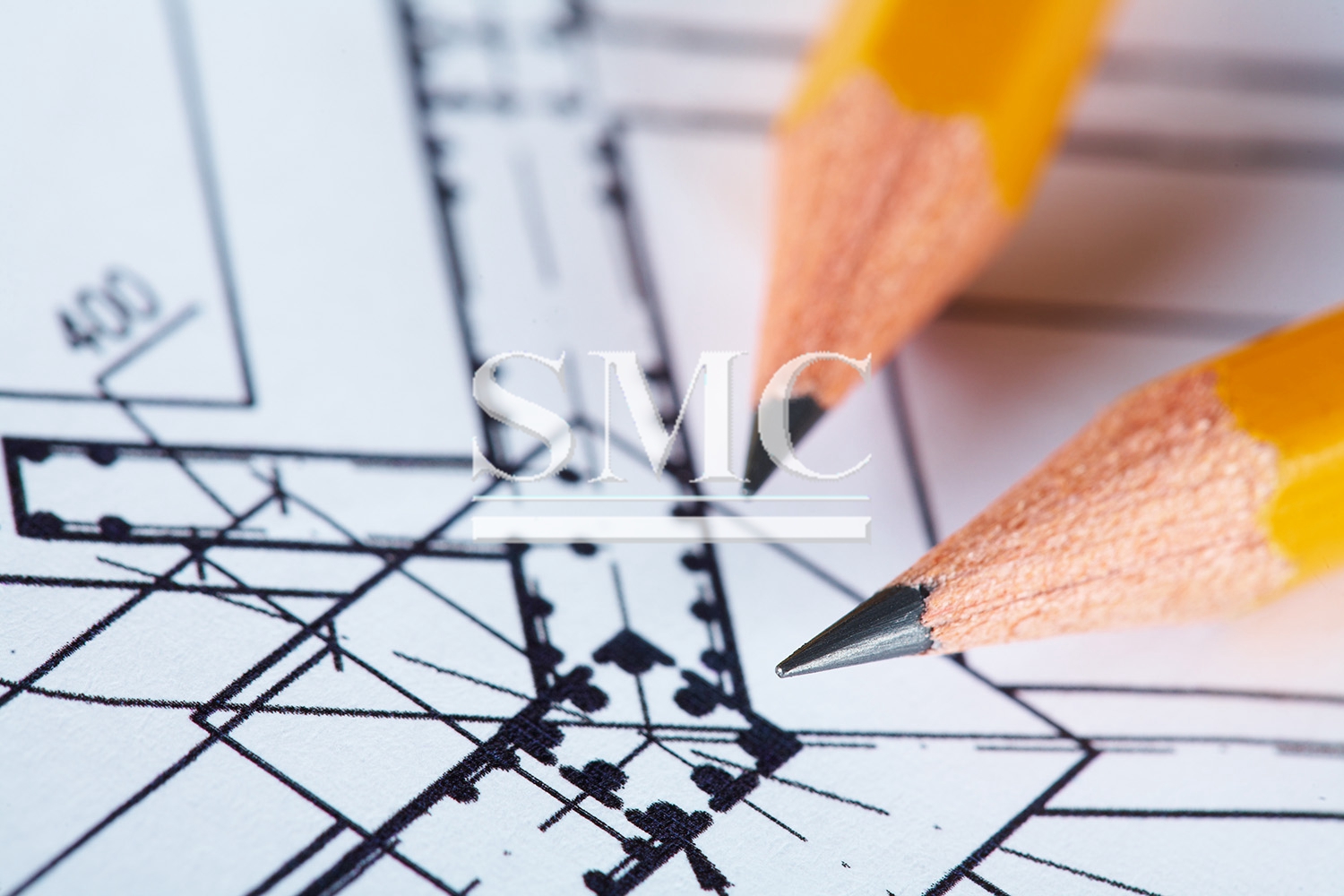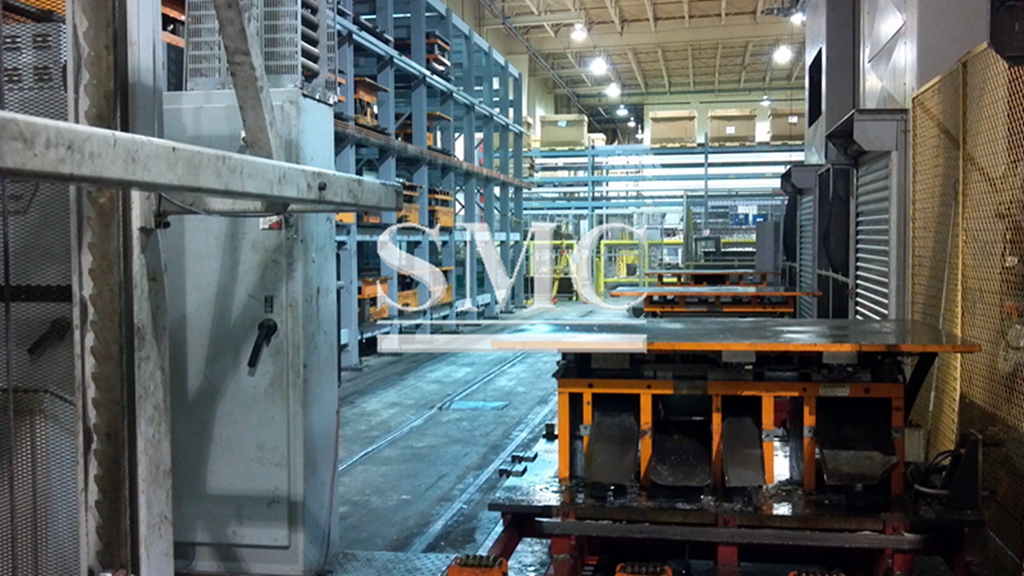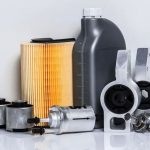Industrial plants serve many functions.They can protect people, products, and equipment from the weather, preserve and conserve energy.What is more, condition the inside environment to be suitable for the processes, products, and people engaged therein.
Industrial plants can protect the outside environment from any fumes, dust, noise, or other contaminants their processes produce and provide physical security for their contents.They also provide the stable, strong, and smooth platform or surface required for operations.
They can be used as a frameworks for the distribution networks of the services needed—electric power, lights, fuels, compressed air, gases, steam, air conditioning, fire protection, water, drainage piping, communications.
Plants can support the cranes, hoists, racks, and other lifting and holding equipment attached to their superstructures and be integral parts of equipment (such as drying ovens) by having one or more walls serve as sides of them, and the like. Moreover, they fit the surroundings, blend in, be aesthetically attractive, make architectural statements.

Construction
According to by Vincent M. Altamura, this list of design criteria can be expanded to include functions other than those cited and which may be specific to a given proposed plant.
After a plant’s expected present and future activities and contents are defined, it is designed to provide the desired functions, and then built to provide spaces for operating personnel and to house equipment and services. An existing plant considered for purchase or lease must be selected so that it will provide its user a competitive advantage.
Generally, the decision to own or rent a plant depends on factors such as the expected life of the project, prudent use of capital, the possible need for early occupancy, the availability of a rentable building that matches the requirements, and the possibility of either a very rapid growth or complete failure of the enterprise. Some commercial real estate developers will erect a building to meet the specifications of the future operators of the industrial plant and then lease it to them under a long-term contract, often with an option to buy it at the end of the lease.
A new structure to be designed and built must have its specifications clearly established so that it will serve its intended use and fit its surroundings. The creation of an industrial plant involves the commitment of sizable resources for many years. The plant is therefore a valuable asset, both present and future.
Its design and construction must be timely and within budget, and once undertaken, the project must, at most, be subject to minor modifications only, and preferably none.
Once the structure is in place, it is very difficult or not economically feasible to move or change the plant. Even if not truly irreversible, design decisions can be corrected or changed only with great difficulty and added expense. There is often little difference in the cost of designing a plant and configuring its equipment and services layout one way versus another.
The difference arises in the operating expenses and efficiencies, i.e., the wrong way versus the best way. When designing a plant, one should estimate how long it is expected to last—both economically and physically. When making this determination, one accounts for the expected lives of the products manufactured, the processes and manufacturing methods used, the machines used, and the extant technology, as well as the duration of the market, the supply of labor, and so forth.
Plant life and production life should coincide to the maximum extent possible.Major difficulties arise when a plant becomes obsolete and may warrant either abandonment or, at best, major modification for conversion. Often the manufacturing methods employed in production have so far outgrown the original methods that the conversion of an existing plant cannot be justified at all.
Obsolescence can be deferred by making the factory versatile, adaptable, and flexible. Possible changes in conditions can be anticipated and the ability to alter the plant can be included in the original design.An industrial plant is said to be versatile if it can do more than one thing, if its equipment can switch over and make more than one variation of the product, or if its output can be raised or lowered easily to match demand. It is said to be adaptable if it can make other related products with only programming and tooling changes to its equipment, without the need to alter their layout.
It has flexibility to the degree that it is easy to move its services, machines, and other equipment to change the layout and flow paths, and thereby accommodate different products and changing product mixes. Such a building will have a minimum of permanent walls, barriers, and other fixed features.
A plant can be made to be general-purpose or special-purpose, or more one than the other.

A general-purpose plant is more generic and can be used for a wide variety of purposes. It is usually easier and less expensive to design, build, and convert to new use and is more salable when no longer needed.
A special-purpose plant is designed for a specific task. It is more efficient and can make a lower-cost product, as long as the specifications stay within narrow limits. With modular machines, quick-change tooling, and programmable automation, such as robots, it is possible to gain the advantages of both general- and special-purpose construction in one plant. It can be built with the versatility, adaptability, and flexibility to be configured one way for one set of requirements, then reconfigured when conditions change.
This enables the manufacturer to produce the wide variety of products that consumers want, and still make them with the lower per unit costs of a special-purpose plant. Both economy of scale and economy of scope are possible in the same facility.
There are trends in the design of some products which are causing plants to be constructed differently, in addition to the demand for the benefits of versatility, adaptability, and flexibility cited above. Some products are getting smaller: computers, electronic circuits, TV cameras, and the like. For other products, greater manufacturing precision and freedom from processing contamination require the establishment of ultraclean facilities such as clean rooms.

These and other trends are causing some plants to be built with the ratio of manufacturing space to administrative space different from that in the past. In some plants with large engineering, design, test, quality control, research and development, documentation, clerical, and other departments, the prior ratios have been reversed, so that manufacturing and warehousing spaces constitute a rather small percent of the total plant.
In addition to the basic building structure and its supporting services, an industrial plant comprises people, raw materials, piece parts, work in process, finished products, warehouse stock, machines and supporting equipment, systems and services, office furniture and files, computers, supplies, and a host of other things. While each is an individual entity, the plant must be designed so that all can work together in an integrated and balanced system.
For a new facility, the best way to achieve this end is to design it in a progressive manner, going from the general to the specific, with each step based on prior decisions, until a set of detailed specifications is established. The sequence of design decisions is not linear, wherein one is finalized before the next one starts.
Rather, it is more like a series of loops, with the output of one feeding back and possibly modifying prior decisions. For example, plant size could influence the site chosen, which then could influence the amount of air conditioning and other services needed, all of which, in turn, require space that could change the prior estimate of plant size.
Shanghai Metal Corporation is a trusted aluminum alloy, aluminum foil price, stainless steel price and stainless steel manufacturer, kinds of stainless steel in china.
Guest contributors are welcome at the Alloy Wiki.It is a weekly wiki and guide on alloy information and processing technology, while also about the vast array of opportunities that are present in manufacturing. Our team of writers consists of a Machining Material Supplier / Machinist / Tool and Die Maker, a Biomedical Engineer / Product Development Engineer, a Job Development Coordinator / Adjunct Professor, and a President and CEO of a manufacturing facility.
Link to this article:Features, usage and construction of industrial plants
Reprint Statement: If there are no special instructions, all articles on this site are original. Please indicate the source for reprinting:Alloy Wiki,thanks!^^


